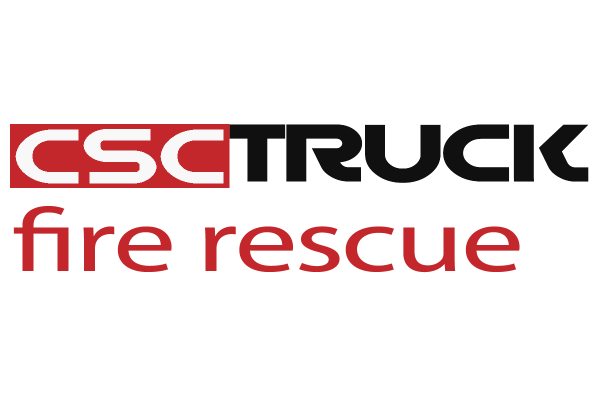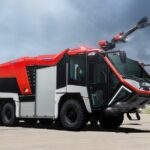Introduction
Aircraft Rescue and Firefighting (ARFF) is a specialized emergency service dedicated to responding to aircraft-related incidents and fires. ARFF units operate at airports worldwide, ensuring the safety of passengers, crew members, and airport personnel by mitigating risks associated with aircraft operations. Given the unique nature of aviation emergencies, ARFF personnel undergo rigorous training and utilize specialized equipment to handle a wide range of incidents, including fires, crashes, and hazardous material spills.
In this article, we will explore the purpose of ARFF, its key responsibilities, the specialized equipment used, and the importance of rapid response in aviation safety.
The Role and Purpose of ARFF
The primary purpose of ARFF is to provide immediate emergency response services at airports to protect lives and property. The duties of ARFF personnel extend beyond traditional firefighting, as they must be prepared to handle aviation-specific challenges. The core objectives of ARFF include:
1. Aircraft Fire Suppression
Aircraft fires can be particularly dangerous due to the presence of jet fuel, electrical systems, and other combustible materials. ARFF units are trained to quickly suppress fires using specialized firefighting agents, such as aqueous film-forming foam (AFFF) and dry chemical extinguishers, which effectively combat fuel-based fires.
2. Rescue Operations
In the event of an aircraft crash or emergency landing, ARFF personnel must swiftly rescue passengers and crew members. Their training includes rapid evacuation techniques, breach and entry operations, and victim extrication from confined spaces. The goal is to maximize survival rates while minimizing injuries.
3. Medical Assistance
Many ARFF personnel are also certified emergency medical technicians (EMTs) or paramedics, allowing them to provide critical medical care at the scene of an incident. Whether treating burns, trauma injuries, or smoke inhalation, ARFF responders play a crucial role in stabilizing victims before hospital transport.
4. Hazardous Materials Response
Aircraft accidents often involve hazardous materials, including fuel spills, hydraulic fluids, and cargo containing dangerous substances. ARFF teams are trained to identify and manage hazardous material (HAZMAT) incidents to prevent environmental contamination and additional risks to responders and passengers.
5. Emergency Preparedness and Training
ARFF teams participate in ongoing training exercises and simulations to maintain their skills and readiness. They collaborate with airport authorities, air traffic controllers, and local emergency services to conduct regular drills, ensuring a coordinated response to emergencies.
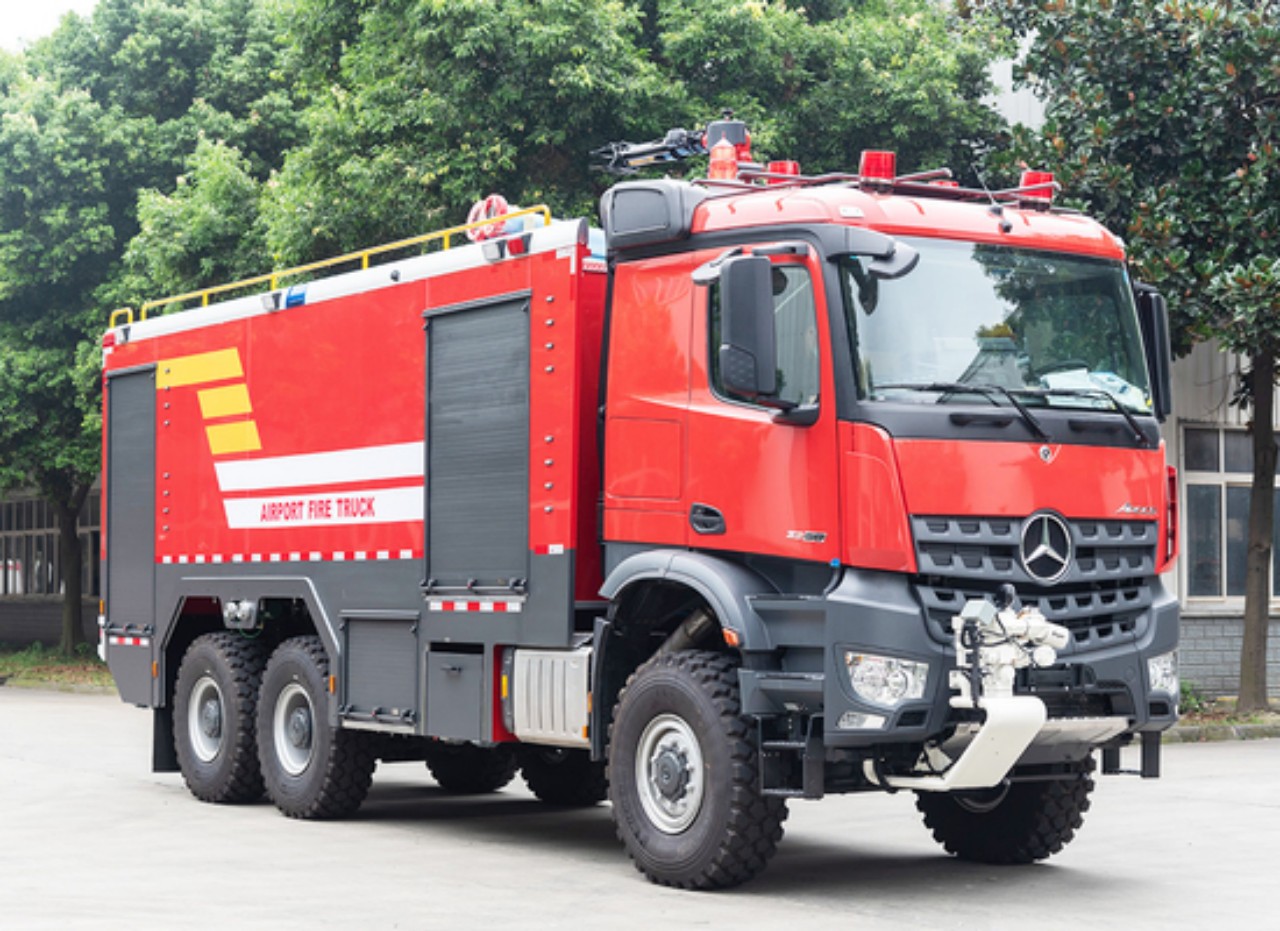
Specialized ARFF Equipment and Vehicles
Unlike standard firefighting units, ARFF employs specialized vehicles and equipment designed specifically for airport emergencies. These include:
1. ARFF Vehicles
ARFF trucks, also known as crash tenders, are high-performance firefighting vehicles equipped with large water tanks, foam systems, and dry chemical agents. These vehicles feature:
- High-speed response capabilities to reach incident sites within seconds.
- Turret-mounted nozzles that discharge water, foam, or dry chemicals at high pressure.
- All-terrain capabilities to navigate across airport runways, taxiways, and grassy areas.
2. Aqueous Film-Forming Foam (AFFF)
AFFF is a firefighting foam used to suppress jet fuel fires by forming a film over the fuel surface, preventing re-ignition. It is a key extinguishing agent in ARFF operations due to its effectiveness in dealing with Class B fires (flammable liquids).
3. Rescue Tools and Cutting Equipment
Aircraft incidents may require ARFF personnel to cut through fuselage sections to rescue trapped passengers. Specialized tools, such as hydraulic cutters, spreaders, and saws, allow for rapid access during emergencies.
4. Personal Protective Equipment (PPE)
ARFF personnel wear advanced firefighting gear, including flame-resistant suits, self-contained breathing apparatus (SCBA), and heat-resistant gloves, ensuring their safety while performing rescue and firefighting operations.
5. Infrared and Thermal Imaging Cameras
These devices help ARFF teams locate victims, detect hidden fires, and assess the extent of damage, even in low-visibility conditions caused by smoke or darkness.
The Importance of Rapid Response in ARFF
Timely intervention is critical in aviation emergencies. International standards, such as those set by the International Civil Aviation Organization (ICAO) and the Federal Aviation Administration (FAA), require ARFF teams to arrive at the scene of an aircraft fire within a specified timeframe—typically within 3 minutes of notification. This rapid response minimizes casualties and limits fire spread, significantly improving survival rates.
To achieve such swift response times, ARFF units are strategically positioned at airport fire stations located near runways. Personnel remain on standby 24/7, ready to respond immediately when an emergency occurs.
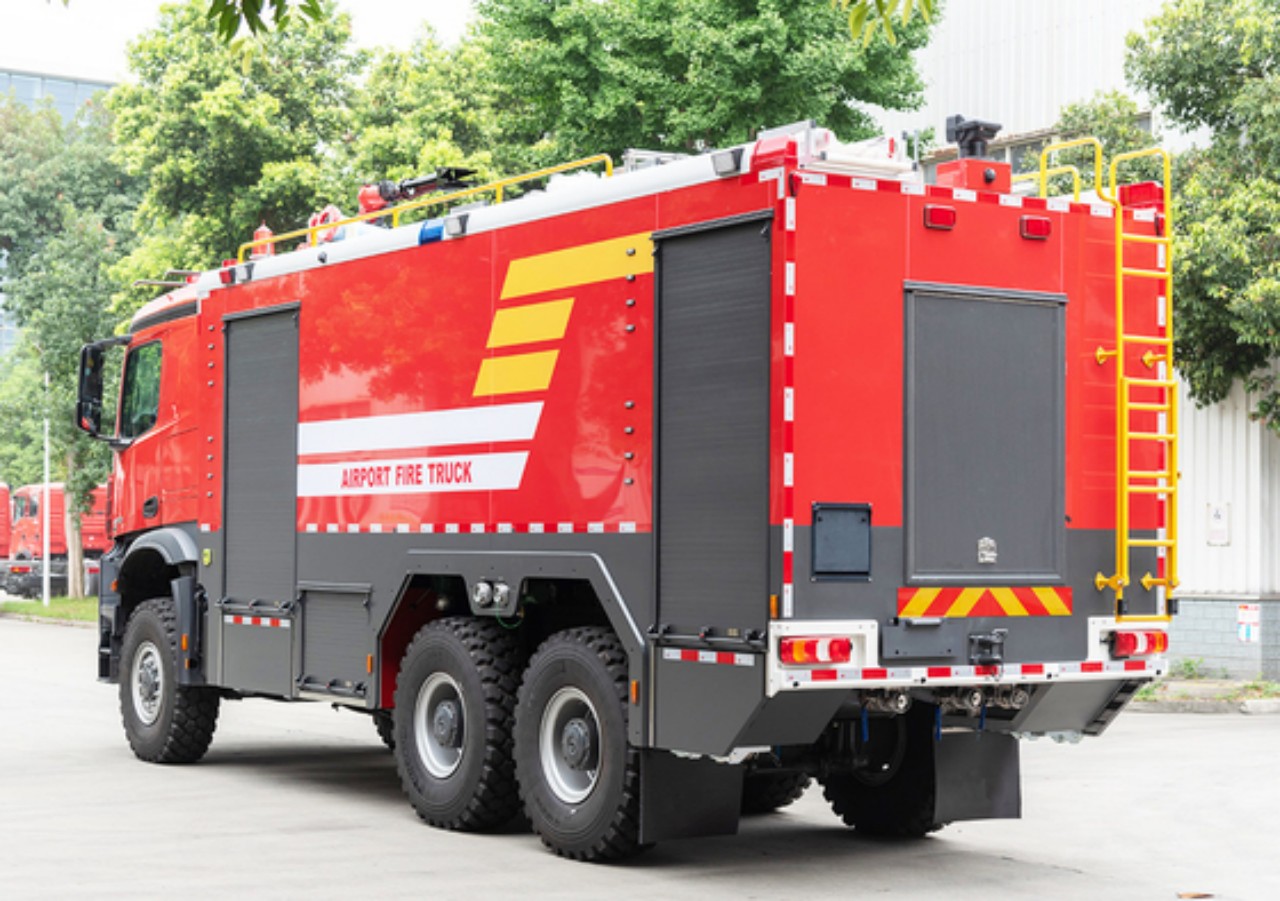
ARFF and Regulatory Requirements
Various aviation and firefighting organizations establish regulations to ensure ARFF units maintain high safety standards. Some key regulations include:
1. International Civil Aviation Organization (ICAO)
ICAO sets global standards for ARFF services, including training requirements, response times, and minimum equipment specifications. ICAO also categorizes airports based on their size and aircraft traffic, determining the level of ARFF coverage needed.
2. Federal Aviation Administration (FAA) Regulations
The FAA mandates ARFF requirements for U.S. airports under Part 139 of the Federal Aviation Regulations (FAR). These regulations specify the number of firefighting personnel, training frequency, and equipment maintenance schedules.
3. National Fire Protection Association (NFPA) Standards
The NFPA provides guidelines for ARFF operations, vehicle design, and firefighter safety. Standards such as NFPA 403 (Standard for Aircraft Rescue and Fire-Fighting Services at Airports) outline best practices for effective emergency response.
Challenges Faced by ARFF Units
Despite their specialized training and equipment, ARFF units encounter several challenges, including:
1. Unpredictability of Aircraft Emergencies
Aviation incidents can occur with little or no warning, requiring ARFF teams to remain in a constant state of readiness. Each emergency presents unique challenges, such as varying aircraft models, weather conditions, and passenger loads.
2. Fuel and Electrical Fire Complexities
Modern aircraft utilize advanced fuel systems and electrical components, increasing the risk of complex fire scenarios. ARFF personnel must continuously update their knowledge of evolving aircraft technologies.
3. Budget and Resource Constraints
Some airports, especially smaller regional ones, may face budget limitations that impact ARFF staffing levels, training programs, and equipment upgrades. Ensuring adequate resources remains a critical concern for maintaining safety standards.
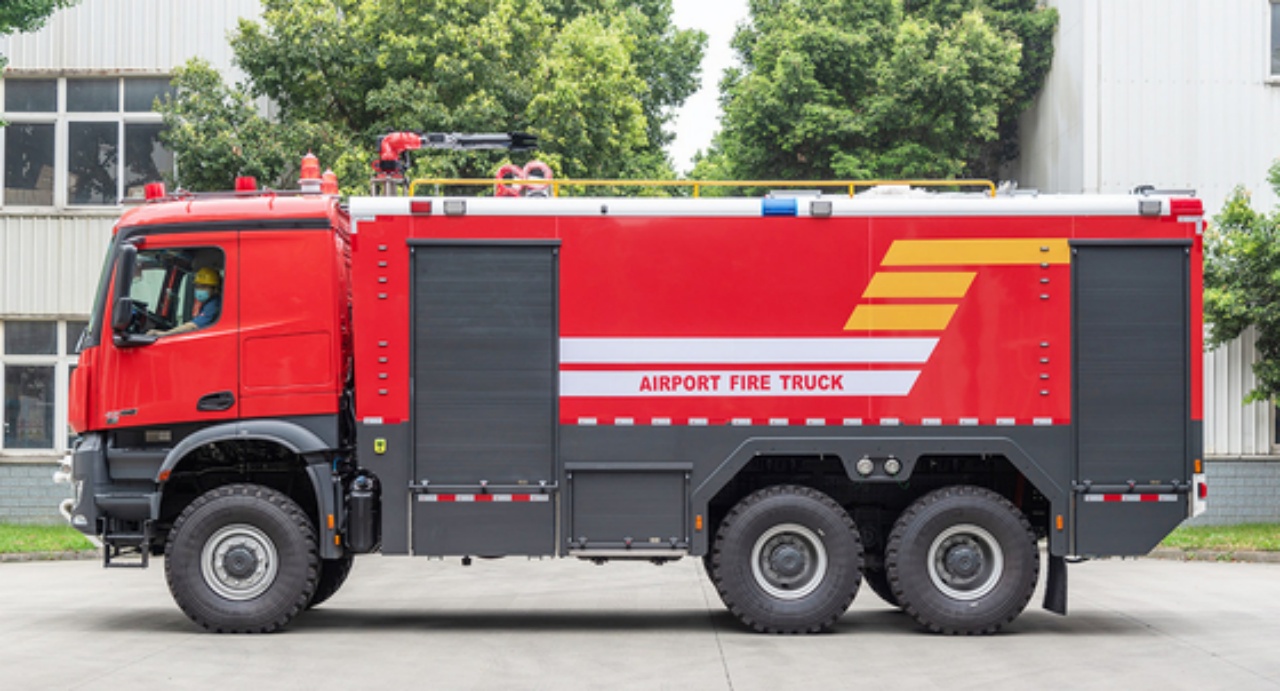
Conclusion
The purpose of Aircraft Rescue and Firefighting (ARFF) is to protect lives and property by responding swiftly to aviation emergencies. ARFF personnel play a vital role in fire suppression, rescue operations, medical assistance, and hazardous materials management. With specialized equipment, rigorous training, and strict regulatory requirements, ARFF units are an essential component of airport safety worldwide.
As aviation technology advances, ARFF must continue to evolve, ensuring that responders are well-equipped to handle future challenges in air travel safety. Their unwavering dedication and preparedness contribute to safer skies for passengers, airline crews, and airport personnel alike.
